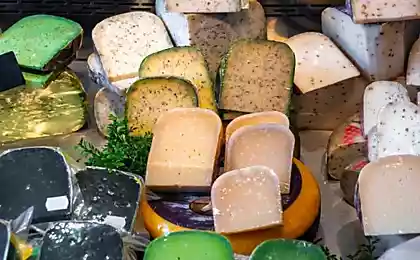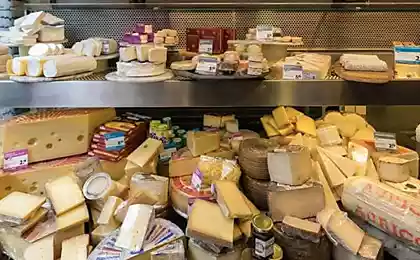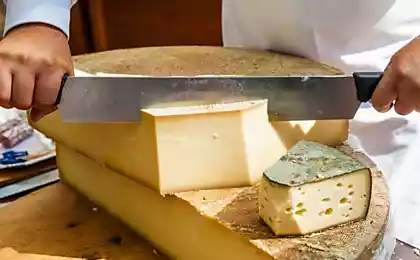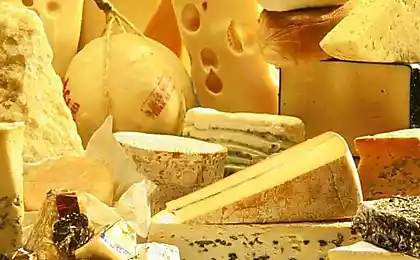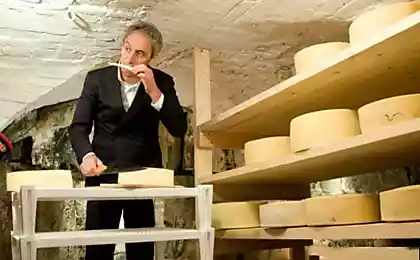463
Scientists: where in Swiss cheese are the holes

You will be surprised, but until recently, scientists around the world could not come to a common opinion on the reasons for the emergence of a huge Swiss cheese holes. The theory was put forward very different, but neither one of them could not withstand criticism a more thorough study. More than a hundred years researchers from different countries fought over this issue. So, it seems finally we'll learn why in the cheese these mysterious holes.
In 1917 American scientist William Clark said that the cause of the holes in Swiss cheese are bacteria that are throughout their life cycle produce carbon dioxide, which makes the cavity inside the cheese. This theory quickly became popular, and until today was perceived as the most likely. But in reality it was not so, as suggested by Clark.
The theory of the American researcher questioned at the time when the study of Swiss cheese produced in the past 15 years, scientists from the Swiss Federal agricultural research centers have noticed that the number of holes in it is falling rapidly, while their size decreases. What do you think could be the reason for this change is the canonical image of the beloved cheese?
The answer was totally unexpected. During the traditional milking cows in a bucket get microscopic particles of straw, which subsequently lead to the formation of huge cavities inside of the cheese cylinder. In our days, the cheese producers are increasingly moving away from ancient traditions, moving to automated production systems. Due to this, milk is devoid of foreign impurities, resulting in a cheese deprived of the traditional holes. Now you know the greatest secret of Swiss cheese, which for decades excites the minds of the scientific world.published
P. S. And remember, only by changing their consumption — together we change the world! ©
Source: hi-news.ru









